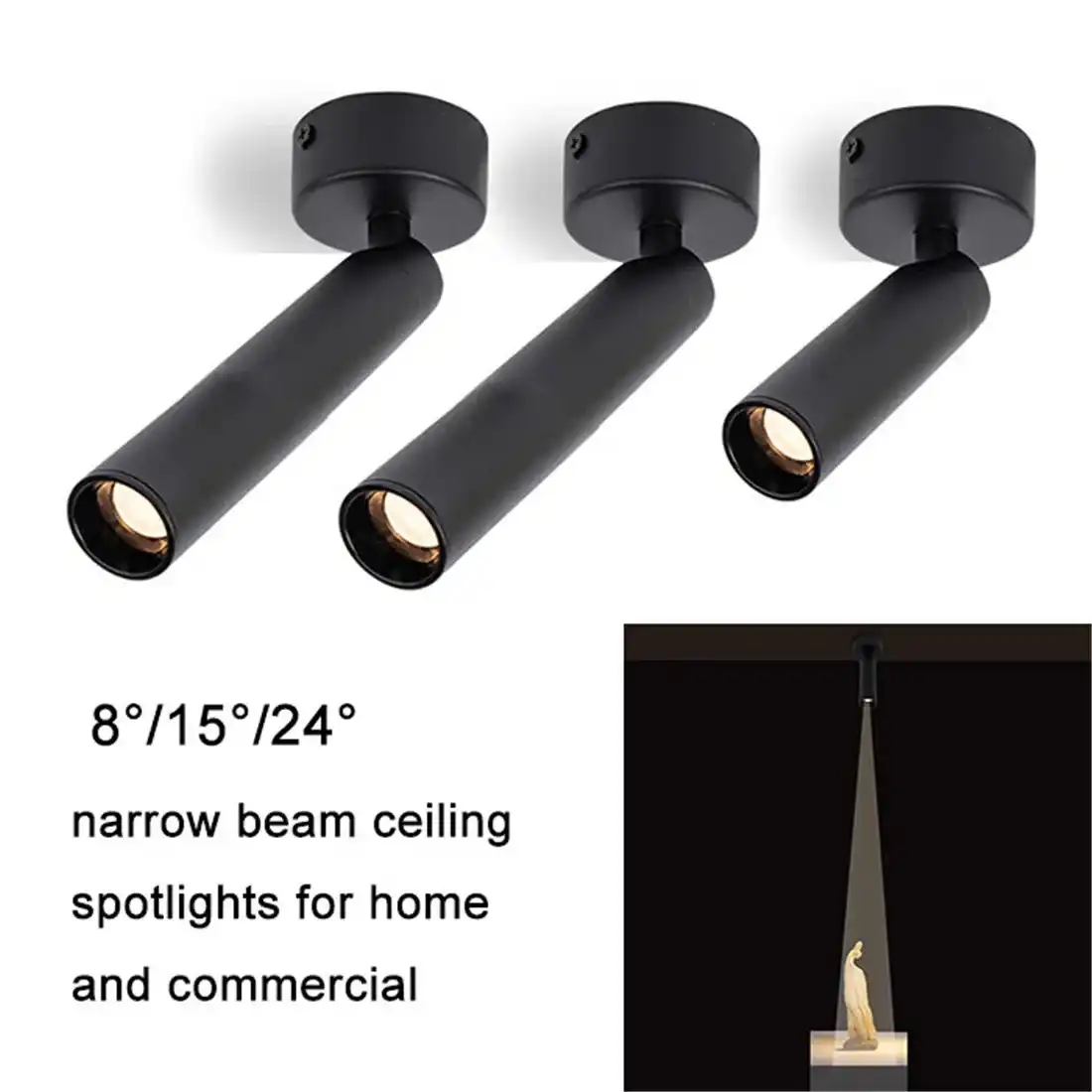Grasping Ceiling Downlights: Features and Benefits
Ceiling downlights have become increasingly popular in modern interior design, offering a blend of functionality and aesthetics. These versatile lighting fixtures are designed to provide focused illumination while maintaining a sleek and unobtrusive appearance. Let's delve into the key features and benefits of ceiling downlights.
Versatility in Design and Application
One of the most appealing aspects of ceiling downlights is their versatility. They come in a wide range of styles, sizes, and finishes, making them suitable for various interior design themes. From minimalist to ornate, there's a ceiling downlight to complement any decor. These fixtures can be used in residential spaces such as living rooms, kitchens, and bedrooms, as well as commercial environments like offices, retail stores, and restaurants.
Energy Efficiency and Long Lifespan
Modern ceiling downlights often utilize LED technology, which offers significant energy savings compared to traditional lighting options. LED ceiling downlights consume less power while providing bright, high-quality illumination. For instance, a 15W LED downlight can produce the same amount of light as a 100W incandescent bulb. This energy efficiency translates to lower electricity bills and reduced carbon footprint. Additionally, LED ceiling downlights boast an impressive lifespan, often lasting up to 50,000 hours or more, reducing the need for frequent replacements and maintenance.
Customizable Lighting Experience
Ceiling downlights offer a high degree of customization in terms of light output and ambiance. Many models come with dimming capabilities, allowing users to adjust the brightness to suit different moods or activities. Some advanced ceiling downlights even feature color temperature adjustment, enabling you to switch between warm and cool light tones. This flexibility makes them ideal for creating layered lighting schemes and enhancing the overall atmosphere of a space.
Easy Installation and Maintenance
Unlike recessed lights that require cutting into the ceiling, ceiling downlights are surface-mounted, making them easier to install. This characteristic is particularly advantageous in buildings with concrete ceilings or where structural modifications are not feasible. The surface-mounted design also simplifies maintenance and upgrades, as the fixtures can be easily accessed without the need for invasive procedures.
Exploring Recessed Lights: Characteristics and Advantages
Recessed lights, also known as can lights or pot lights, offer a different approach to interior lighting. These fixtures are installed within the ceiling cavity, creating a seamless and integrated look. Let's examine the unique characteristics and advantages of recessed lights.
Sleek and Minimalist Aesthetic
The primary appeal of recessed lights lies in their ability to provide illumination without visually interrupting the ceiling plane. This creates a clean, uncluttered look that is particularly desirable in modern and minimalist interiors. Recessed lights are excellent for spaces with low ceilings, as they don't protrude into the room, maximizing headroom and creating an illusion of a more spacious environment.
Targeted Illumination and Light Distribution
Recessed lights excel at providing focused, directional lighting. The recessed nature of these fixtures allows for precise control over the light beam, making them ideal for task lighting in kitchens, highlighting artwork, or creating accent lighting in display areas. Many recessed lights come with adjustable trims that allow you to aim the light in specific directions, enhancing their versatility.
Versatility in Layout and Design
While individual recessed lights may offer less design variety than ceiling downlights, their true strength lies in the flexibility of arrangement. Recessed lights can be installed in various patterns and configurations to suit different room layouts and lighting needs. They can be used to create general ambient lighting when arranged in a grid pattern or to highlight specific areas or architectural features when strategically placed.
Integration with Smart Home Systems
Modern recessed lights often come with smart capabilities, allowing them to be integrated into home automation systems. This enables users to control the lights remotely, set schedules, and even change colors in some models. The integration of recessed lights with smart home technology enhances both convenience and energy efficiency, as lights can be easily managed and optimized for different scenarios.
Choosing Between Ceiling Downlights and Recessed Lights
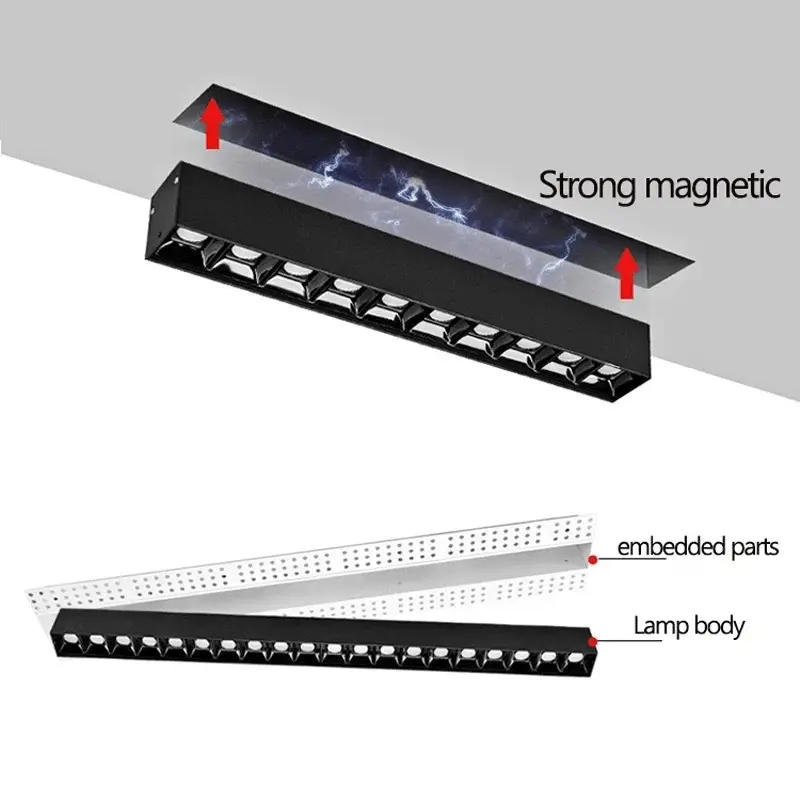
When deciding between ceiling downlights and recessed lights, several factors come into play. Understanding these considerations can help you make an informed choice that best suits your specific needs and preferences.
Ceiling Structure and Installation Requirements
The structure of your ceiling plays a crucial role in determining which lighting option is more suitable. Ceiling downlights are generally easier to install, especially in situations where the ceiling cannot be easily modified. They're ideal for concrete ceilings or spaces where you want to avoid cutting into the ceiling structure. Recessed lights, on the other hand, require sufficient space above the ceiling for installation. They're well-suited for new constructions or major renovations where ceiling modifications are part of the plan.
Room Height and Spatial Considerations
The height of your room is another important factor to consider. In spaces with low ceilings, recessed lights can be advantageous as they don't protrude into the room, maintaining maximum headroom. Ceiling downlights, while not necessarily obtrusive, do extend slightly from the ceiling surface. However, in rooms with higher ceilings, this difference becomes less significant, and the choice may depend more on aesthetic preferences.

Lighting Goals and Ambiance
Consider your lighting objectives and the atmosphere you want to create. Ceiling downlights often provide a more noticeable design element and can contribute to the overall decor of a room. They're excellent for creating statement lighting or adding a touch of elegance. Recessed lights, with their understated appearance, are better suited for creating a minimalist, clean look. They're particularly effective in creating ambient lighting or for spaces where you want the focus to be on other design elements rather than the light fixtures themselves.
Flexibility and Future-Proofing
Think about long-term flexibility and potential future changes to your space. Ceiling downlights offer more flexibility in terms of replacement and upgrades. If you decide to change your lighting style in the future, swapping out ceiling downlights is generally easier than replacing recessed lights. Additionally, some ceiling downlights come with interchangeable bezels or trims, allowing you to update their appearance without replacing the entire fixture.
Energy Efficiency and Maintenance
Both ceiling downlights and recessed lights can be energy-efficient, especially when using LED technology. However, ceiling downlights might have a slight edge in terms of heat dissipation, as they're not enclosed within the ceiling cavity. This can potentially lead to better performance and longevity. When it comes to maintenance, ceiling downlights are typically easier to access for cleaning and bulb replacement, while recessed lights might require more effort to maintain, especially if they're installed in hard-to-reach areas.
Ultimately, the choice between ceiling downlights and recessed lights depends on a combination of practical considerations and personal preferences. Both options have their merits, and in many cases, a combination of both types can create a well-balanced and versatile lighting scheme. Consider consulting with a lighting designer or professional to determine the best solution for your specific space and needs.
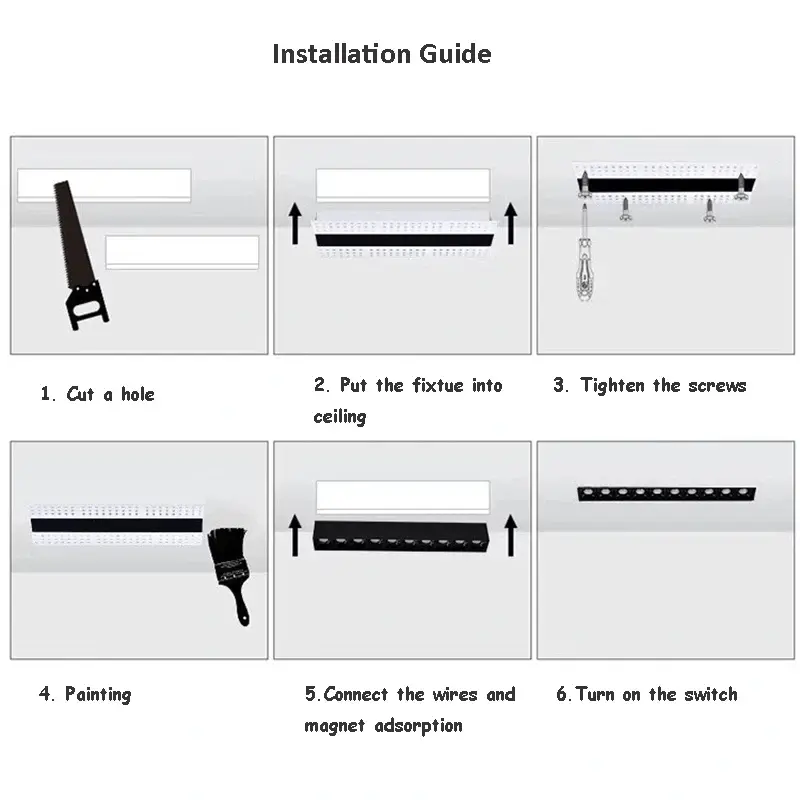
Conclusion
In conclusion, both ceiling downlights and recessed lights offer unique advantages in interior lighting design. Ceiling downlights provide versatility, easy installation, and a wide range of design options, making them suitable for various applications. Recessed lights excel in creating a sleek, minimalist aesthetic and are particularly beneficial in spaces with low ceilings or where targeted illumination is desired.
The choice between these two lighting options ultimately depends on factors such as ceiling structure, room height, lighting goals, and personal preferences. In many cases, a combination of both types can create a comprehensive and flexible lighting scheme that addresses all your illumination needs.
If you're looking for high-quality LED lighting solutions, including a wide range of ceiling downlights and recessed lights, don't hesitate to reach out to us at sales@uskyled.com. Our team of lighting experts is ready to assist you in finding the perfect lighting solutions for your space.
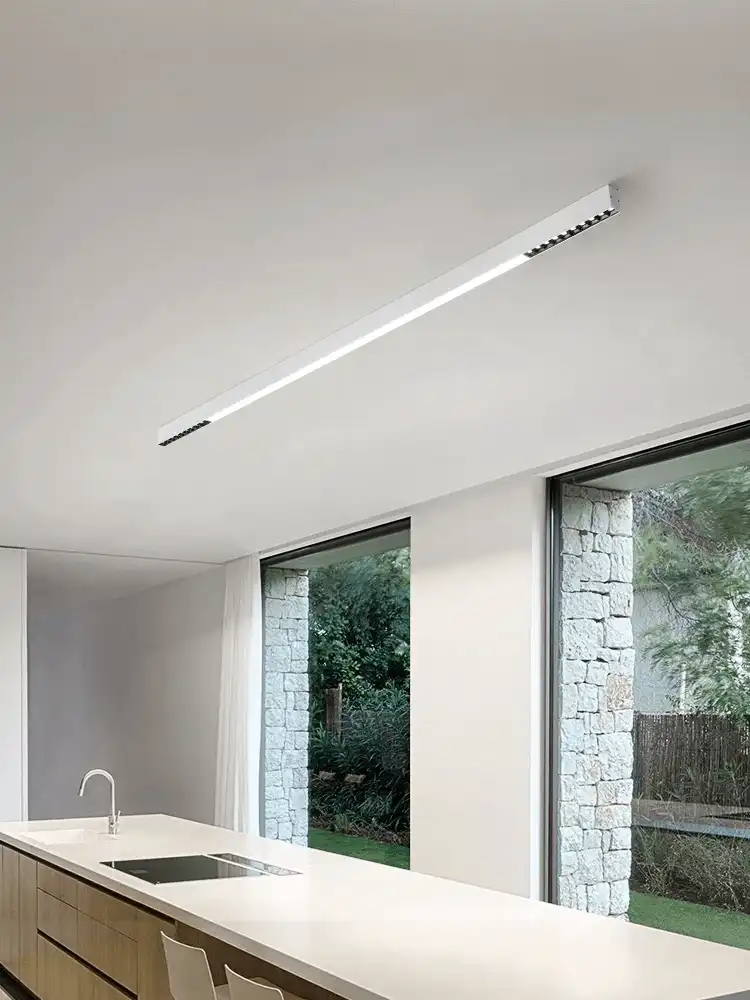

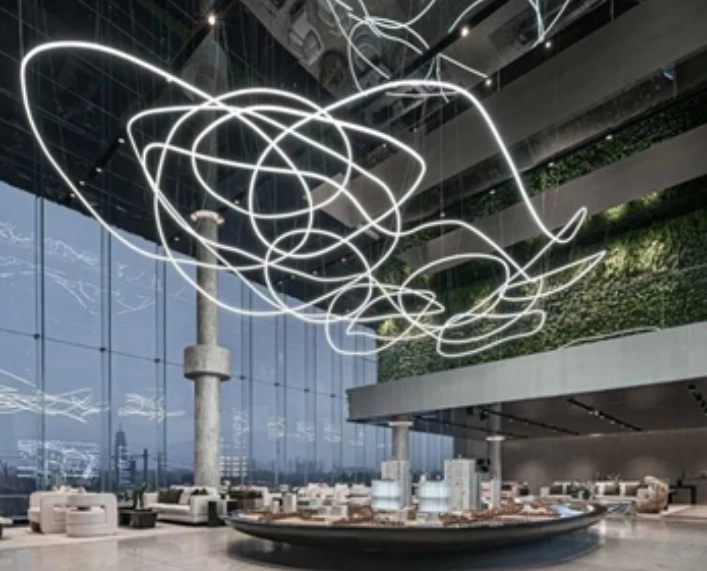
![What is Dimmable Track Lighting for Museum: Best Guide [2025]](/icms/upload/0d08cc601e7611f0b542b3ca0c0f4a83/pic/knowledgemanager-knowledgepic/e7879f32605f11f081911f363b8c1ed0/Directory/20250717 dimmable track lighting -1(1)_1752739217941.webp)
